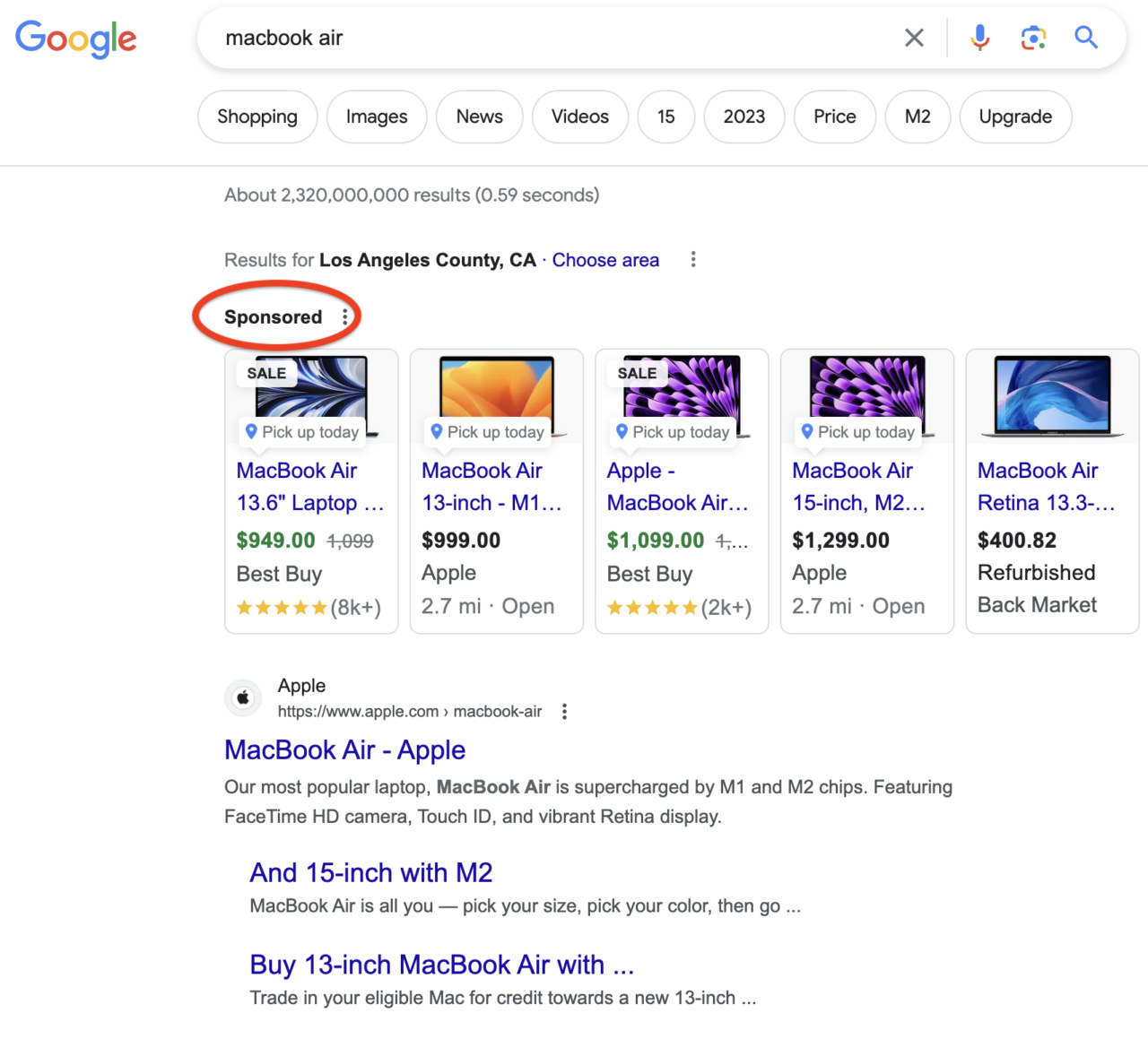And we will move to commercials
As we said, the blog deals with all areas of promotion and occasionally we will deal with sites that are different sides in this world, such as, advertising, sending leads, being advertising and more .....
1. Visual Guides and Tutorials
- Screenshots: Google often includes screenshots of the AdSense interface, such as how to navigate through various options in the dashboard, create ad units, or view performance reports. These visuals help users understand the platform better and follow step-by-step instructions more easily.
- Infographics: Google may use infographics to show data trends, ad performance benchmarks, or recommendations for maximizing revenue. These are helpful for advertisers to digest complex information quickly.
2. Examples of Ad Placements
- Illustrative Images: Photos or images of websites showing real-world examples of where ads might appear. These could include examples of ads placed within blog content, banners, or in the sidebar.
- Mockups of Ad Types: Images that demonstrate various ad formats (e.g., display ads, text ads, or video ads) and how they may appear on different devices, like mobile or desktop.
3. Responsive Ad Units
- Mobile vs. Desktop: Some articles may include images that illustrate how responsive ad units adjust to different screen sizes. These visual examples help webmasters and content creators understand how to optimize their ad settings for both mobile and desktop users.
4. AdSense Policies and Compliance
- Illustrations of Best Practices: Google may also include visual examples of ads that are compliant with AdSense policies and those that are not. This helps users understand what is acceptable in terms of ad placement, content, and design.
- Ad Blocker Effects: Occasionally, there might be photos showing the effects of ad blockers on websites with AdSense ads, especially to explain how ad blockers can affect earnings.
5. Case Studies and Success Stories
- Before-and-After Photos: Some articles might include case studies that show how users improved their AdSense performance. These could include visual comparisons, such as traffic growth charts, or website images showing the difference in ad placements.
If you are creating an article or report about Google AdSense and want to use photos from the site, it’s essential to make sure you are following Google’s copyright and usage guidelines. Most of the images on the Google AdSense website are owned by Google and are for illustrative purposes only, so using them in your own content may require permission or fall under certain usage rights (e.g., non-commercial educational use).
From Single Grain blog:
A) Google Search Network
Ads on Google’s Search Network appear at the top and bottom of Google’s SERPs, as well as on Google’s search partner sites. These are ideal for getting in front of prospective customers at the exact moment they’re seeking your solution.

On the Search Network, you can run a variety of text-based ads, including dynamic and responsive search ads. You can also run call-only ads, and shopping ads.
B) Google Display Network
Google’s Display Network lets you place ads on a network of millions of websites that have chosen to sell ad space in their content.
These ads help you get in front of your target market before they start searching for your solution. That means the potential reach is much higher, but the expected click-through rate and conversion rate is lower.
On the Display Network, you can run static image ads, responsive display ads, and video ads optimized for clicks or engagement. You can also place ads in Gmail at the top of the user’s inbox.




No comments:
Post a Comment